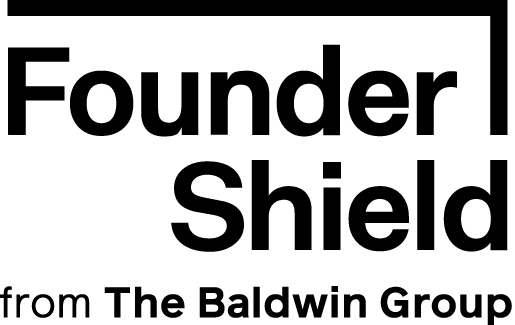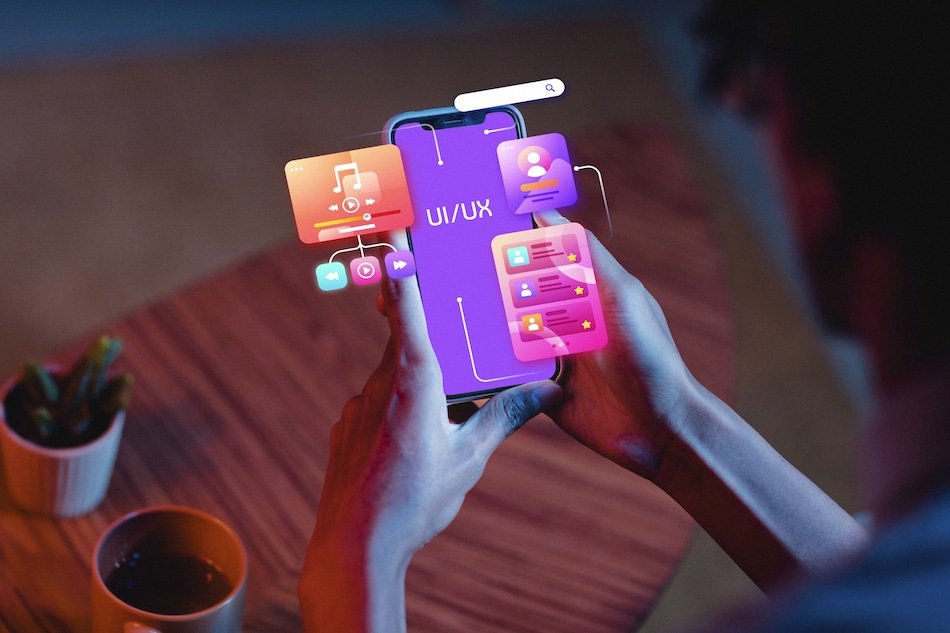Key Takeaways
Intellectual Property Insurance for Startups
Intellectual property is a big topic for the startup community. With modern patent trolls, content syndication, and intellectual property law reform, the topic can be confusing at minimum. Many founders look to insurance to mitigate this risk – and properly so – as there are many insurance products out there that help. Here’s a breakdown of the types of insurance that cover IP: their costs, benefits, and limitations.
“Standard” Policies
We would consider the following policies standard business insurance that any operating company should have in place. Some don’t even have these so this is a good starting point for protecting IP: they provide some base level IP coverage (along with a lot of other good protection) and they’re affordable.
General Liability
General Liability insurance is the backbone of business insurance. It protects companies for claims/losses related to bodily injury and property damage. However, general liability insurance policies almost always include “insuring clause B” known as “Personal and Advertising Injury.”
Personal and Advertising injury is there to protect the advertising activities of the company. When the company is sued for the content of it’s ads, website, etc, insuring clause B will kick in. Copyright or trademark infringement are pretty common claims that can be made against the content of an ad or website. With personal and advertising injury included, a general liability insurance policy can extend well beyond basic “slip and fall” insurance to protect your IP practices.
Depending on the size of the business, general liability insurance can cost as little as $500 a year and provide some basic (but valuable) IP coverage.
Media Liability
A media liability insurance policy is similar to the personal and advertising injury language in a general liability insurance policy but usually much more expansive. Here are a couple reasons why:
1. Personal and advertising injury will almost always exclude IP-related claims if the company is in the business of producing content. If you’re a publisher of any kind, it’s crucial to get a media liability insurance policy for this reason.
2. A good media liability policy from the right carrier will include user generated content in the definition of what constitutes the company’s “content” that is allegedly infringing and giving rise to the claims that the policy covers. This distinction is very important in the era of content marketing and aggressive social user acquisition techniques.
Media liability coverage is usually bundled in with Errors and Omissions and Cyber Liability insurance – two equally important products for almost any business with a web presence. The policies are generally affordable with rates as low as $1,000-1,500 per $1M limits of coverage.
Social Media Insurance
Social media insurance is increasingly important for startups engaging heavily in social media marketing and user interaction. This type of insurance covers the unique risks associated with social media activities, such as copyright infringement, defamation, and privacy breaches.
Limitations
There are some limitations to the above policies of which any purchaser should be aware. First, none of the above policies will provide protection for patent infringement cases. This will always be an explicit exclusion on the policy. The reason is that the law in this area is too volatile right now and law suits are far too expensive for insurance companies to be profitable at the low prices they’re giving for these policies.
Second, these policies cannot be used to go on the offensive and sue someone for infringing on your own IP. We’ll get to that in the next section.
Specialty Policies
Although the market is fairly young, there are a couple different specialty products out there right now.
Patent Insurance
Patent insurance is exactly what it sounds like: insurance coverage for patent infringement lawsuits brought against the company. This is the product that fills the gap not covered by “standard” policies given that it covers patent issues.
Unlike personal and advertising or media liability, patent insurance can be defensive or offensive. A defensive policy works like any standard insurance policy: it protects the company when they’re the defendant or the accused in a claim situation. Offensive patent insurance, also known as “abatement” or “pursuit” insurance, covers the costs of actively pursuing an infringer of your patents.
Intellectual Property Insurance
Intellectual property insurance is also exactly what it sounds like: broad form coverage for lawsuits brought against the company for any intellectual property infringement (including patents). Just like patent insurance, intellectual property insurance can be both defensive and offensive or a combination of both to give the company maximum IP protection.
Limitations
Patent and IP insurance are designed to come with very few limitations. However, that kind of coverage comes with a serious price tag. Policies can cost as much as $50,000 per $1M limits. There’s also usually a pretty lengthy underwriting process that can be time consuming. Both pricing and underwriting are getting better as more insurance carriers break into the market, but as it stands these products might be a bit harder for startups to acquire given cash and time constraints.
Insurance Rebuilt, End-to-End












